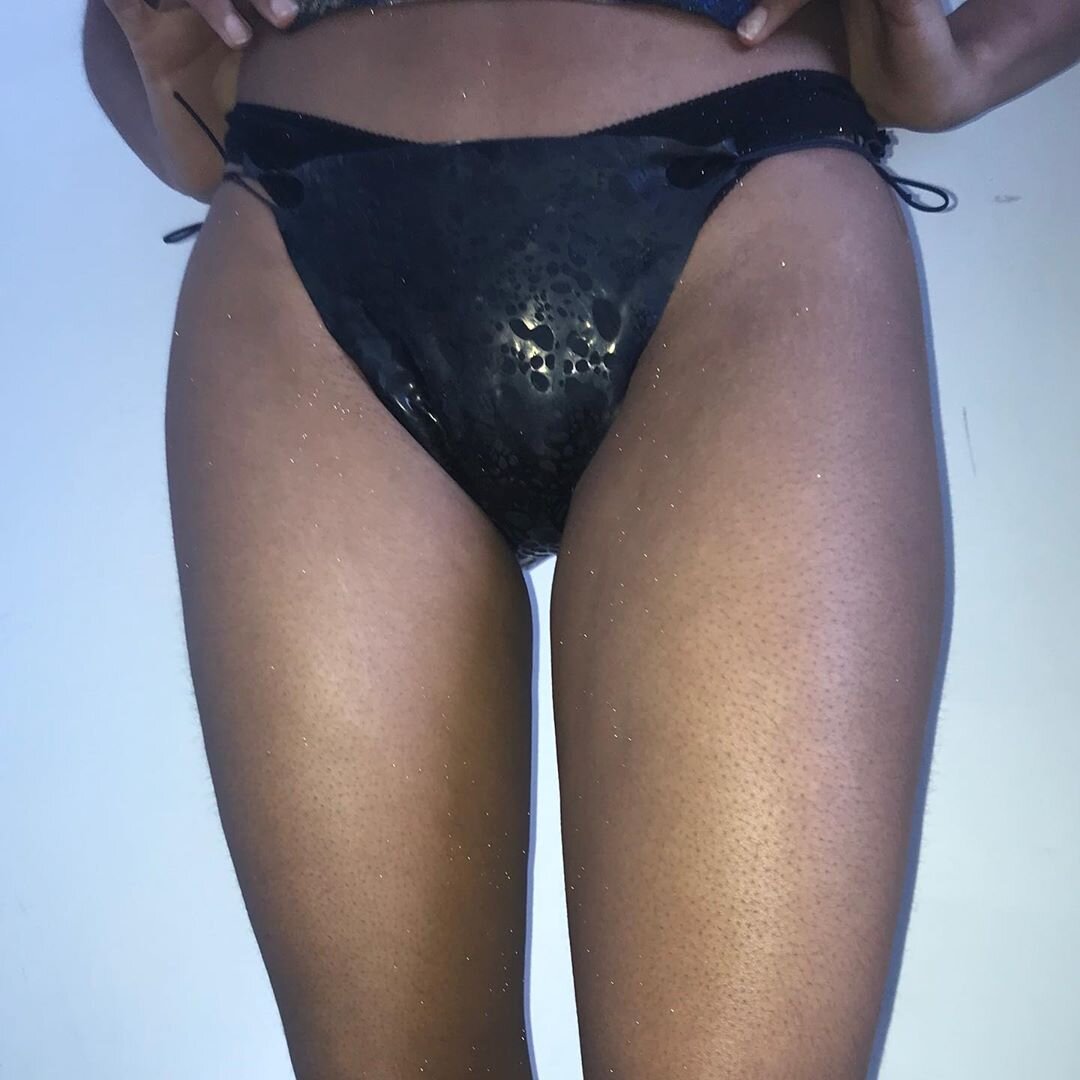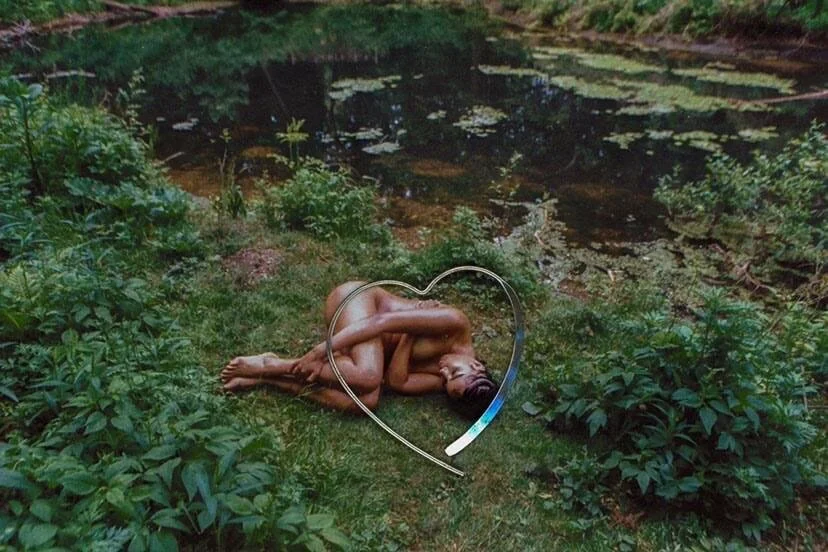Rosie Broadhead
Rosie Broadhead works with the body and science to design therapeutic, sustainable yet functional fashion named ‘Probiotic Clothing’. After graduating from her masters in Material Futures at Central Saint Martins, Rosie has focused her creative attention on innovation in terms of the materials she uses. Through collaboration with scientists, she found that incorporating bacteria into textiles reacts with the moisture on our skin and activates the development of a healthy flora. Taking inspiration from old sci-fi films, Rosie incorporates her own style into her designs that compliment the scientific theory that is central to her work.
What influenced you to begin a career within fashion and arts?
I became interested in the interaction between clothing and skin through working in performance sportswear. My previous experience in the fashion industry has encouraged me to look more broadly at design and innovation as a whole. I began my studies with a BA in Fashion Design at the University of Westminster where I focused on Menswear before working in the fashion and sportswear industry. Yet, my masters in Material Futures at Central Saint Martins has helped to give me a different perspective of what I could achieve within fashion and design.
Material Futures focuses on exploring how we might live in the future through craft, science and technology. This new approach to design differs from my previous education in the fashion industry. This thorough research and development enabled me to look beyond conventional fashion design, and in doing so promotes holistically sustainable practices. I was inspired by the innovation of fabric technology and the possibilities it offers and became fascinated by how what we wear can influence our performance, comfort and endurance.
Your latest work ‘Skin Series’ is based on designing sustainable yet functional clothing - how have you also incorporated your own personal style and aesthetic?
‘Skin Series’ an undergarment collection exploring the interaction between fabric and our bodies. This is part of an ongoing collaboration with microbiologist Dr Chris Callewart. We are developing a technique to incorporate probiotic bacteria into textiles, healthy bacteria on the skin; magnesium sulphate; and making use of existing seaweed, milk protein and vitamin encapsulated textiles. All these ingredients have known therapeutic benefits to the skin and body. Probiotic bacteria helps to encourage cell renewal, reduces body odour, and improves the immune system of your skin when activated with moisture. Magnesium Sulphate can help relieve muscle tension, balance hormones, and reduce stress. Lastly, seaweed and milk protein hold antioxidant and anti-inflammatory properties. Although not all these concepts are commercially available, the collection explores the current and future possibilities of wellness clothing.
When designing I often take style references from 60s/70s sci-fi movies such as ‘Barbarella’ and ‘World on a Wire’ as I am interested in creating a futuristic but also a timeless feeling. Even though I am using new technology to create probiotic clothing, I am ultimately developing a platform for the body to function naturally, which has always existed.
For the Skin Series collection you have used healthy bacteria within textiles - can you explain how this innovative design technique is produced?
Optimal skin conditions depend on the probiotic bacteria or microbes that live on our bodies. Our skin’s biome is shaped by our natural environment, and what we put on and next to our skin has a direct impact on our bodies. Cosmetic products and fabric finishes on clothing can contain toxic chemicals, which disrupt the diversity of bacteria living on our skin. As the skin is a semi-permeable membrane these toxins, heavy metals and other pollutants can affect the health of our bodies.
I collaborated with a microbiologist to develop ‘Probiotic Clothing’ by incorporating bacteria into textiles. These are activated when they come into contact with the moisture on our skin, which has the potential to dominate other less beneficial bacteria. The project focuses on the skin’s micro biome and how we can develop a healthy flora through science, technology and design. My focus is on looking at what is natural on our bodies to explore how we can create sustainable yet functional clothing and replacing the need for toxic chemicals on textiles. This project is not currently commercial, but we have conducted lab tests and wearer trials that prove our concept.
You have worked in collaboration with other creatives to produce the collection as well as the film and imagery for Skin Series. How important is collaboration to you as an individual designer?
My collaboration with scientists has been essential in developing my materials and designs. Although science may not be perceived as creative, through interacting with biology it has enabled me to work outside of the formal fashion discipline. I feel cross-disciplinary projects can provide new solutions for the design industry. As well I scientists, I have also been collaborating with stylist Wei Ting, photographer Anna Victoria Best and set designer Tom Schneider. As a team we have worked towards developing ‘Skin Series’ as a collection which focuses on the body, skin, and bodily fluids and it’s relationship with domesticity and the everyday. Rather than looking at this new collection as futuristic or sci-fi we wanted to highlight the bodies intimate relationship with clothing as a permeable membrane covering the body.
Our most recent project is an audio-visual soundscape to promote a holistic health and wellness experience during lockdown. Anna has art directed and shot the film ‘Dream Sleep Sound’, and dancer Bianca Scout featured in the film and wearing my designs also produced the music. We have been live streaming this video from Anna's bedroom in the evenings through various platforms during isolation. We are working on another up and coming project which is due to be released soon.
Who, what and where do you draw inspiration from?
During the design process, I always consider the body first, this will then influence the material decision. My discovery into bacteria and skin started through my interest in how the body functions which influences all of my design decisions.
Other designers and artists working across science, technology, art and design that I have been influenced by include Lucy McRae, Sruli Recht and Sonja Bäumel. I am interested in how these designers explore the impact of science, and cutting edge technology and how this may influence or current and future perception of the human body.
Since graduating from Central Saint Martins, how have you found your path within the industry?
For a Material Futures graduate there is no obvious path to take afterwards as the course spans so many skills and design practises. My collaborator and I have received a grant from Ghent University in Belgium to continue our research into probiotic clothing. Within my practise I try to bridge the gap between fashion and new scientific research. This could mean pattern cutting in my studio in London or working on new experiments in a Belgium lab. As well as research it’s important to develop my own practise of clothing which has healing and therapeutic benefits by making use of existing and futuristic technology. I have also found useful platforms such as the DeFine programme a collaborative project co-funded by the European Commission’s COSME which aims to support the fusion of cutting-edge technologies and innovation with the European fashion and design industries.
Do you have any advice for people who will be graduating with an arts degree, especially due to the lack of jobs at the moment due to the coronavirus?
I don’t believe graduating students should be discouraged to follow their interests due to the coronavirus and potential lack of jobs in the arts. However, it can be beneficial to research, collaborate and work beyond your respected discipline as it does often lead to some unexpected and exciting innovations.
courtesy ROSIE BROADHEAD
interview GABY MAWSON
What to read next














